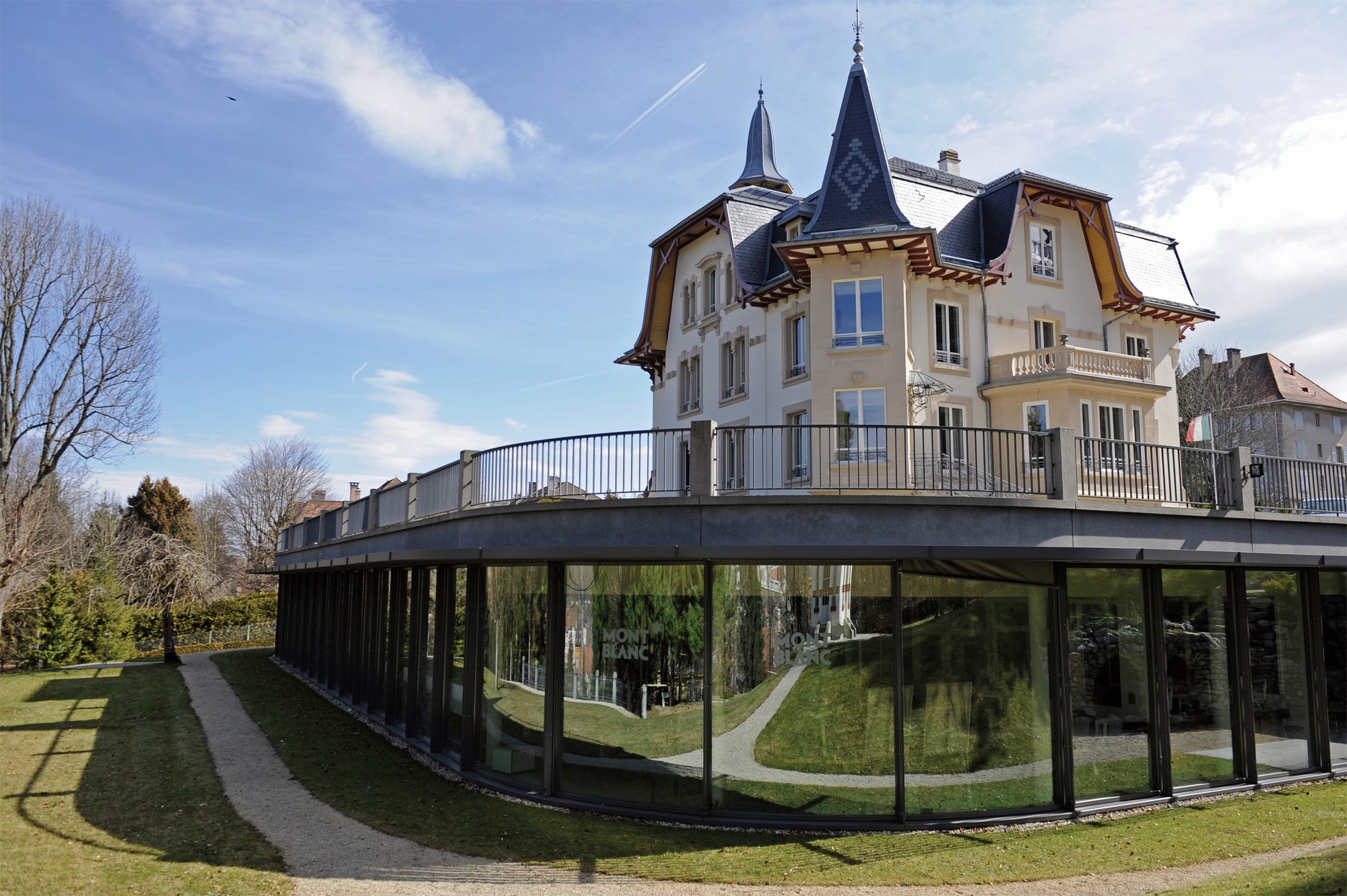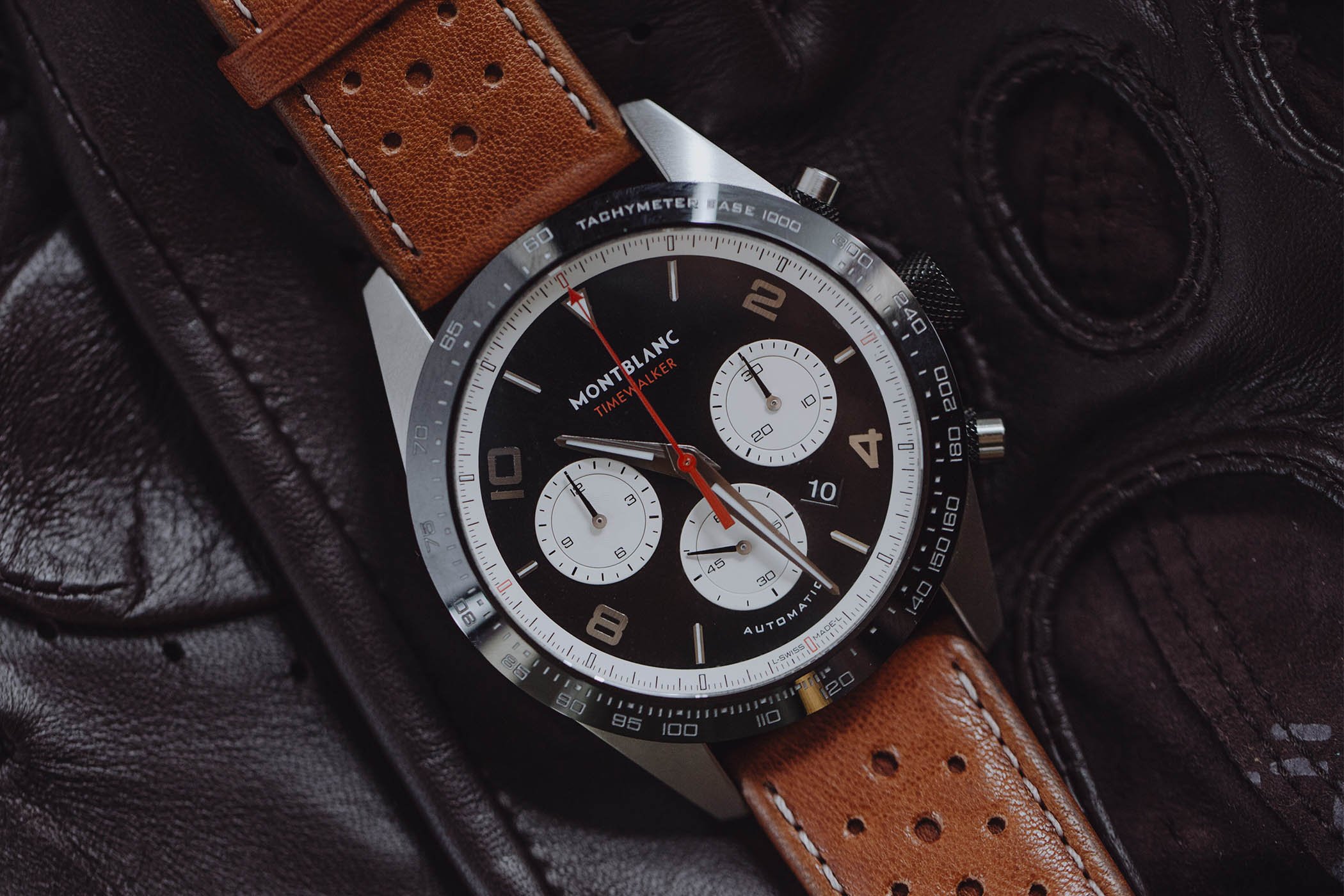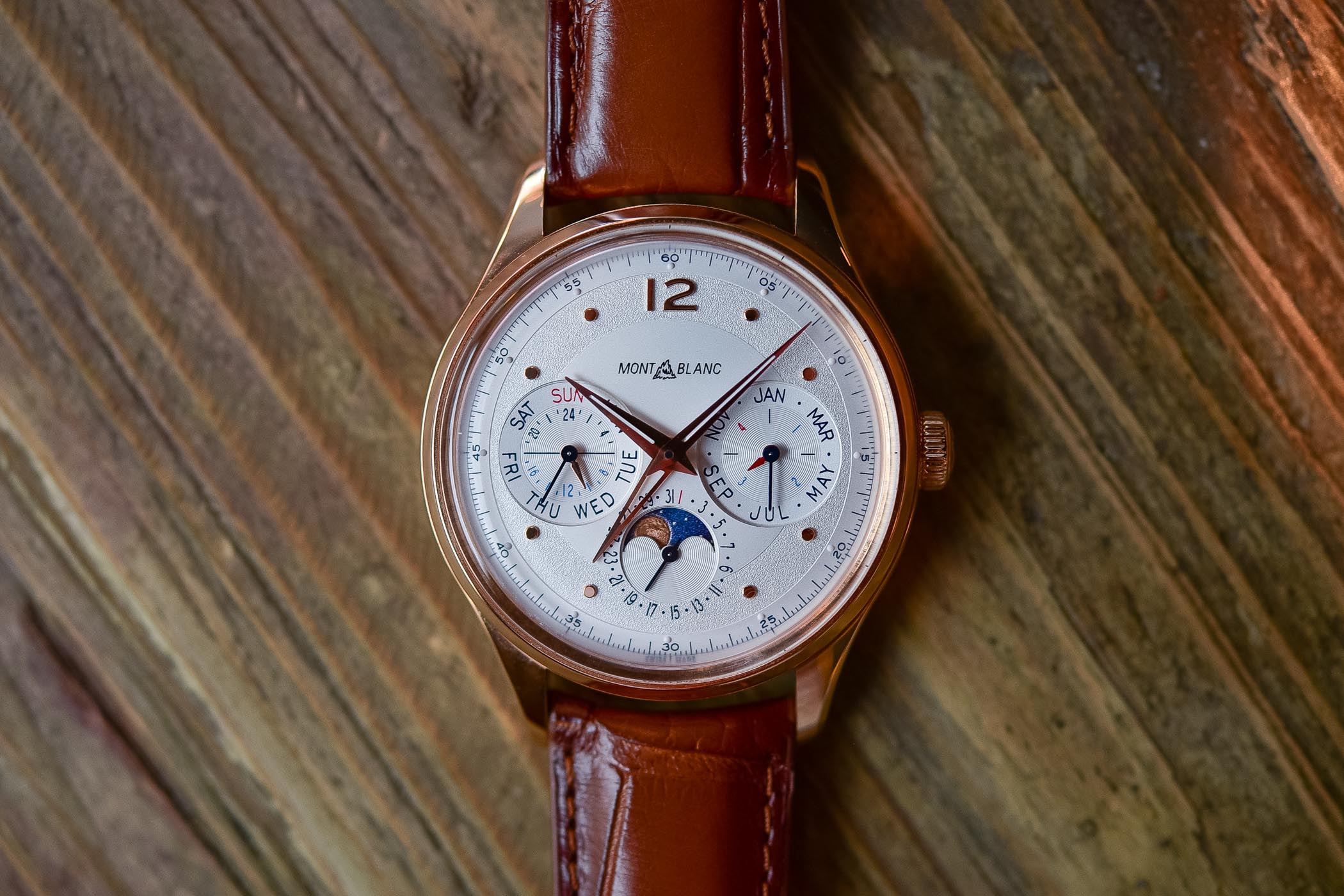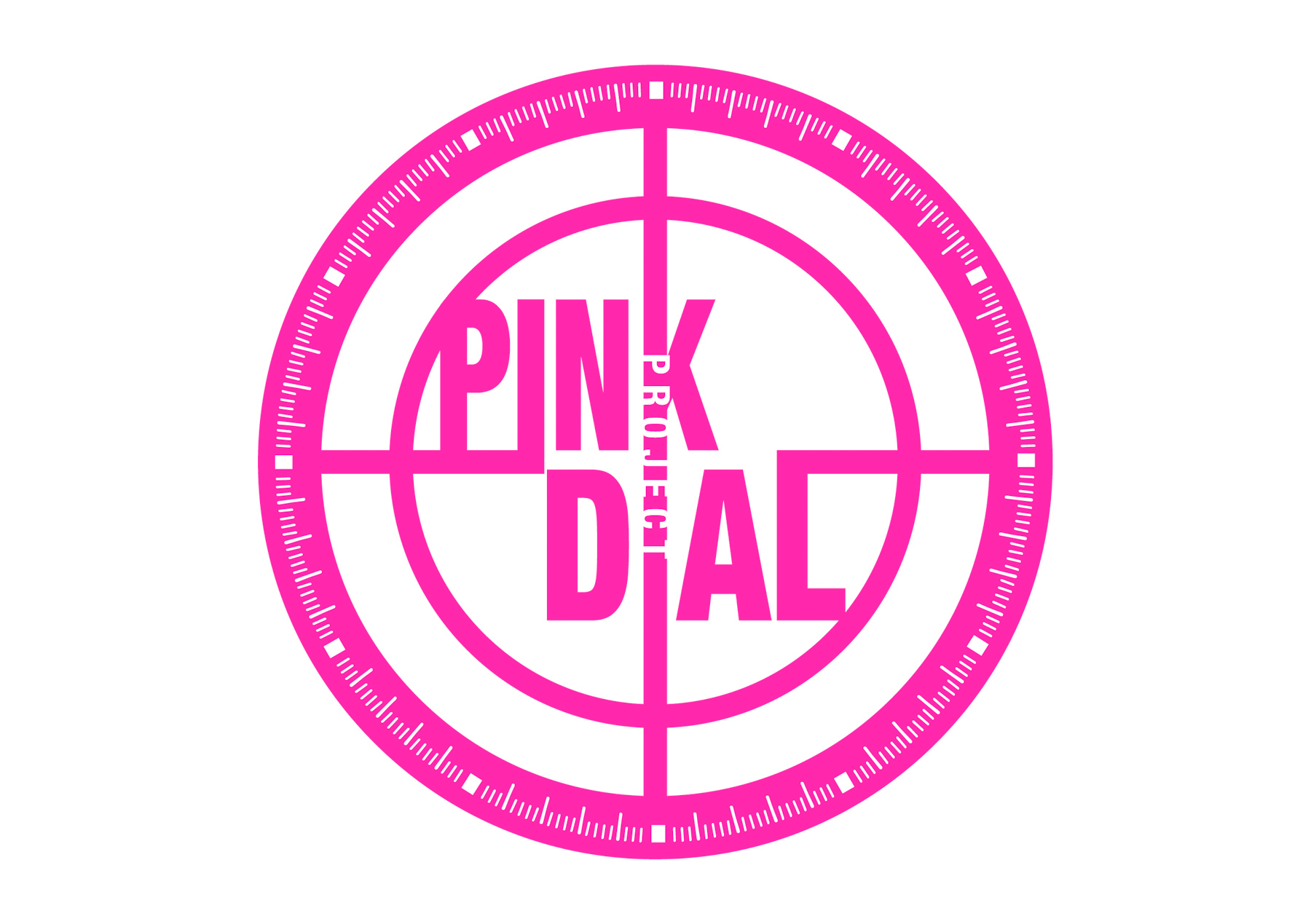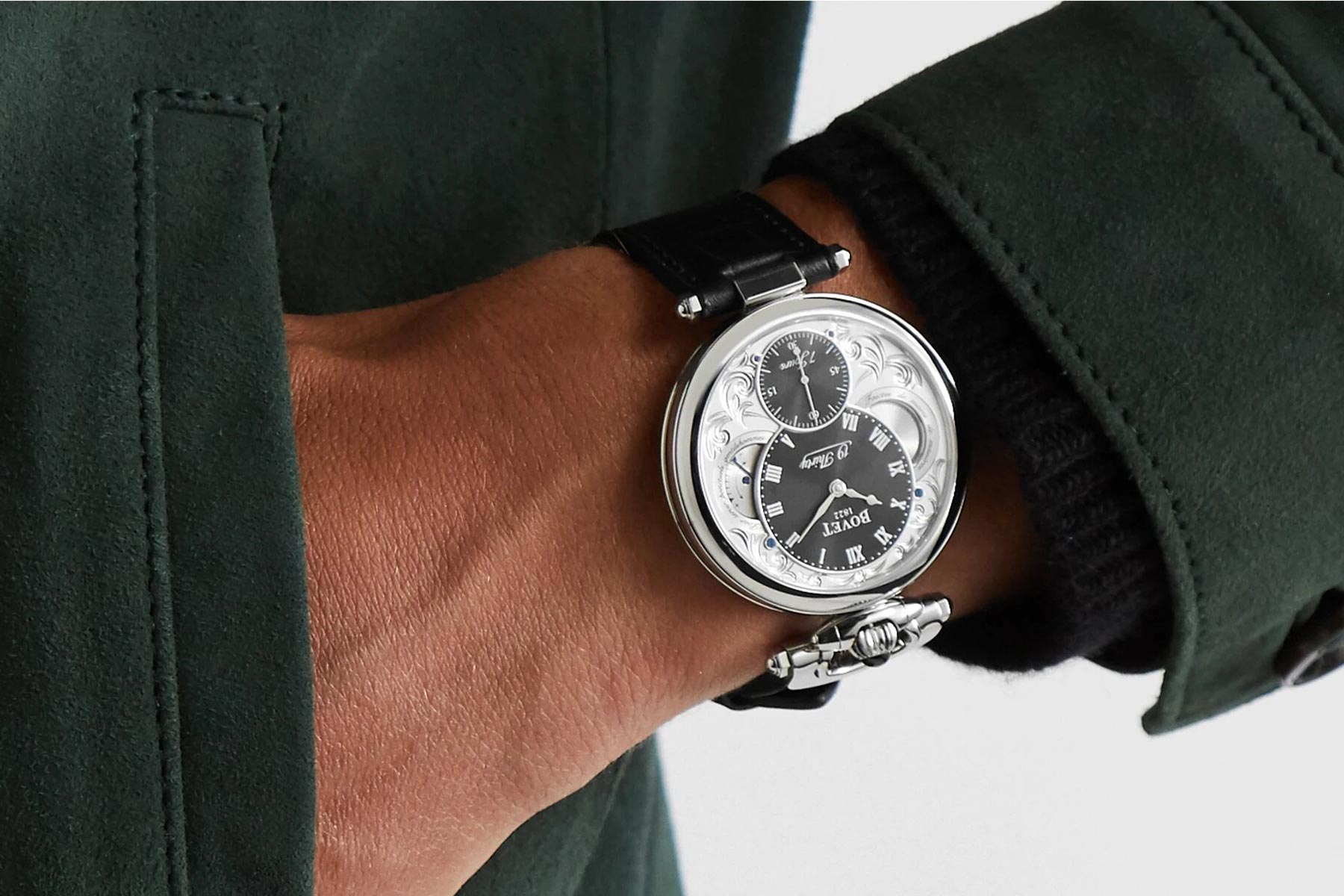Montblanc
German luxury watch manufacturer

Montblanc is today revered for its luxury timepieces, but the brand started with a very different product - fountain pens. Founded in 1906 by Alfred Nehemias and August Eberstein, the small company produced basic "simplicissimus" pens in Germany. It was soon taken over by Wilhelm Dziambor, Christian Lausen and later Claus Johannes Voss, and the company became known as the Simplo Filler Pen Co. in Hamburg. The Rouge et Noir was the first fountain pen to emerge in 1909. Rumor has it that the Montblanc name came about during a card game when an analogy was made between their pens and the Mont Blanc (highest peak in the Alps). In 1910, Montblanc was registered as a trademark and an improved "Montblanc" fountain pen was also introduced. A white tip on the pen cap was a prelude to the white star emblem that became the brand's permanent logo in 1913, representing the snowcap on the Mont Blanc. It wasn't until 1924 that the company would produce one its most iconic products, the Meisterstück fountain pen (translated to Masterpiece in English). The Meisterstück 149, first launched in 1952, remains one of the most celebrated writing instruments of all time. In 1997, the brand further diversified from luxury pens, leather goods and jewelry with the Montblanc Meisterstück watch, and became a full manfacture in Le Locle, Switzerland by 2007. In 2008, they introduced the first in-house movement, the MB R100 calibre. The company is now part of the Richemont Group with Nicolas Baretzki serving as CEO.
The first watches had a close association to the Meisterstück line of fountain pens with a black and gold palette (and star logo on the crown), but the portfolio soon grew with more diverse collections. With resources available via parent company Richemont and the acquisition of movement manufacturer Minerva, the in-house MB R100 calibre established Montblanc as a vertically integrated manufacture in 2008. The manual-wound calibre was fitted in the Star Nicolas Rieussec Monopusher Chronograph and an automatic MB R200 soon followed with a column wheel and second timezone. In 2011, a newly designed MB LL100 calibre was used in the Timewalker TwinFly chronograph, featuring a column wheel, flyback and double barrel for a 72-hour power reserve.
Notable developments include the Tourbillon Bi-Cylindrique with in-house calibre MB65.63 that featured the world’s first tourbillon with two cylindrical balance springs. In 2013, the ExoTourbillon Rattrapante launched with a split seconds chronograph (two chronograph seconds hands to measure two concurrent events, like competing racehorses) and tourbillion that reduces the cage to a small rotating platform to eliminate mass and friction. The first Montblanc ExoTourbillion debuted in 2010. The ExoTourbillon Rattrapante is a monopusher chronograph with a second timezone indicator as well, and both pieces are impressive examples of haute horology from a relatively young watchmaker. Also in 2010, the Metamorphosis launched with an automaton-like function that transformed the dial to another watch entirely. It was the world’s first mechanical watch that comprised two different dials and corresponding functions (time and date dial transformed into a time and chronograph counter). The Metamorphosis II launched in 2014.
Current collections include the TimeWalker (racing inspired chronographs with a handful of three-handers), 1858 (vintage-inspired line based on early 20th century Minerva watches), 4810 (sporty collection named after the height of the Mont Blanc), Star, Tradition and Heritage (dress lines), Bohème (ladies line) and Summit (smartwatches based on Google’s Wear OS). This comprehensive collection, along with some of the most complex complications in the industry, prove that Montblanc’s design and engineering prowess exhibited with over a century of luxury fountain pens has translated to its successful expansion to haute horology.

